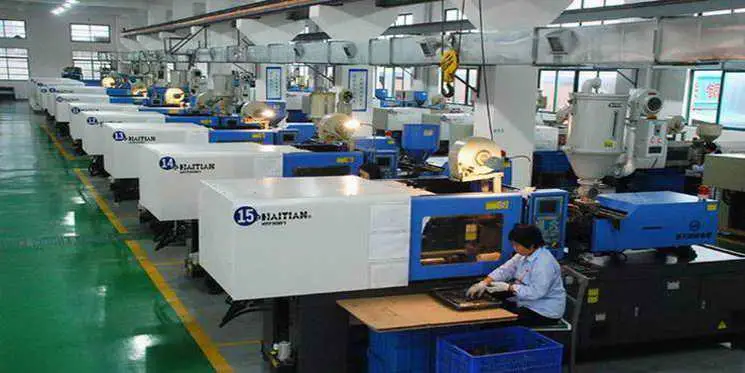What is polymethyl methacrylate (PMMA), and what are its characteristics and uses?
PMMA, also known as organic glass, is made from materials such as acetone, sodium hydroxide, methanol, and carbon dioxide, to produce methyl methacrylate, which is then polymerized. It can be classified into three configurations: amorphous, regular, and irregular structures based on different polymerization mechanisms. PMMA is polymerized from methyl methacrylate (MMA) through radical or anionic mechanisms. Industrial polymerization mainly adopts radical polymerization techniques such as suspension polymerization and bulk polymerization.
Common characteristics of organic glass
PMMA has a density of 1.19-1.22g/cm³ and an average molecular weight of 500,000-1,000,000. Its outstanding feature is high transparency, with a light transmittance of up to 92%, making it the most transparent plastic. Its UV transmittance is around 75%, compared to approximately 85% for inorganic glass, which only allows about 10% of UV light. PMMA is lighter and more flexible than inorganic glass, with significantly better tensile and flexural strength, over 10 times higher impact strength, earning it the nickname "unbreakable glass." It is resistant to weathering, easily machinable, can be cut mechanically, melted with a wire, and bonded with organic solvents like chloroform. PMMA can be secondary processed to meet specific shape requirements. It has a maximum service temperature of 95°C, a melting temperature of 160-200°C, is flammable, burning with a light blue flame emitting a strong fruity and decaying vegetable odor. PMMA exhibits good chemical stability and electrical insulation properties.
The main drawback of PMMA is its relatively low surface hardness compared to inorganic glass, making it prone to scratching more easily by hard objects.
Main uses of PMMA
Due to its excellent light transmittance, PMMA is primarily used as a transparent material. It is utilized in manufacturing instrument transparent covers, large transparent roofs, wall panels, lamps, automotive and building safety glass, aviation and marine decorative materials, medical devices, and architectural decorations. By adding fluorescent powder or pearl powder, PMMA can produce colorful and transparent products widely used in advertising, decoration, and craft making.

